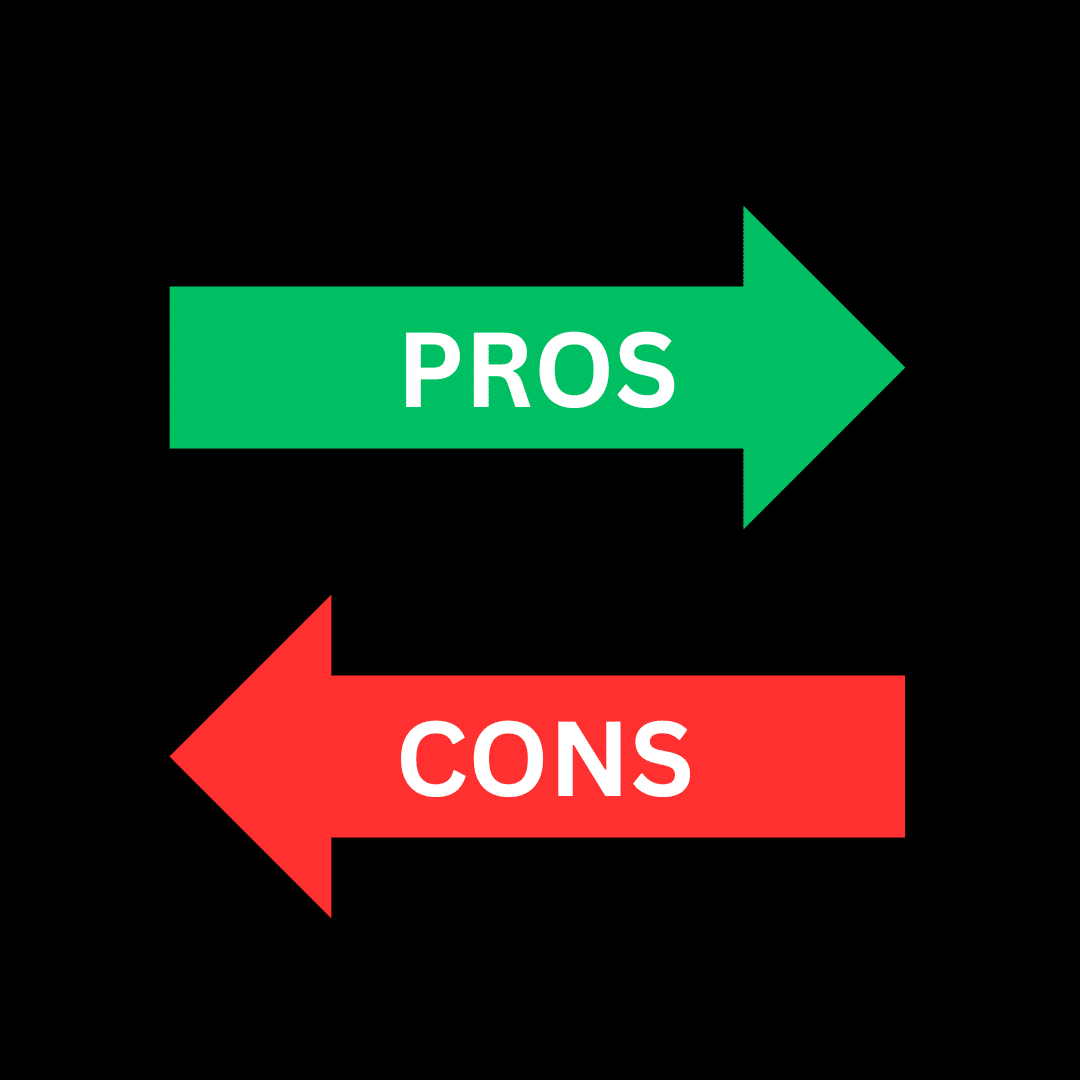
8 Free Options for Self-Publishing Your Book
8 FREE OPTIONS FOR SELF-PUBLISHING YOUR BOOK
The dream of publishing a book can sometimes get caught up in the intricate web of the publishing world. Aspiring authors may feel discouraged by the complexities involved in taking a book from a draft to a published work.
Consequently, authors may feel compelled to go the self-publishing route. Nevertheless, going down this road entails much more than meets the eye. Self-publishing a book requires careful thought and consideration of the various factors related to going at it alone.
What does it mean to self-publish a book?
Self-publishing a book means that the author takes full responsibility for producing and distributing the book without the involvement of a traditional publishing company. In self-publishing, the author retains complete control over the content, design, and marketing of the book.
Self-publishing has become increasingly popular in recent years due to advancements in technology and the rise of digital publishing platforms. Self-publishing allows authors to have greater creative control over their work, the ability to publish on their own schedule, and the potential to earn a higher percentage of the book’s profits.

However, self-publishing also means that the author must handle all aspects of the publishing process, including editing, formatting, cover design, distribution, and marketing.
This process can require a significant investment of time and resources, but it also allows authors to build a direct relationship with their readers and to fully realize their vision for their work.
Why do authors self-publish books?
Self-publishing offers authors more flexibility, creative control, and potentially higher profits. However, it also requires more work and responsibility on the author’s part to ensure that the book is well-produced and effectively marketed.
That being said, authors self-publish books for a variety of reasons, including:
Creative Control
Self-publishing allows authors to have complete control over their work, including content, cover design, and marketing strategy.
Higher Royalties
Traditional publishing companies typically offer authors a percentage of the book’s profits, which can range from 10% to 15%. Self-publishing allows authors to keep a higher percentage of the book’s profits, sometimes up to 70%.
Faster Publishing Timeline
Traditional publishing can be a slow and lengthy process, often taking years to get a book to market. Self-publishing can allow authors to publish their work much more quickly, sometimes within weeks or months.
Niche Audiences
Some authors may have a book that caters to a specific niche audience, making it difficult to get the attention of traditional publishers. Self-publishing can allow these authors to reach their target audience directly without relying on a publisher’s willingness to explore that market.
Out-of-Print Titles
Some authors may have previously published books that have gone out of print. Self-publishing can allow them to revive these titles and make them available to readers once again.
Experimentation
Self-publishing can allow authors to experiment with new genres, writing styles, or ideas without the pressure of traditional publishing expectations.
What are some free options to self-publish a book?
The increased availability of publishing technologies has enabled authors to choose from a variety of options. These options are the most popular:
Kindle Direct Publishing
Kindle Direct Publishing (Amazon KDP) is a self-publishing platform that allows authors to publish their e-books and paperbacks on Amazon. It is free to use, and authors can earn up to 70% royalty on their sales. It is worth noting that Amazon profits from this service by keeping a percentage of book sales.
IngramSpark
IngramSpark is a self-publishing platform that allows authors to publish their books in both print and e-book formats. It distributes to major retailers such as Amazon, Barnes & Noble, and independent bookstores. Authors can set their own retail price and keep up to 80% of the royalties. Like Amazon, IngramSpark charges a percentage off book sales, but with no upfront investment.
Draft2Digital
Draft2Digital is a self-publishing platform that allows authors to publish their e-books in various formats, including Kindle, Nook, Kobo, and iBooks. It is free to use, and authors can earn up to 90% royalty on their sales.
Smashwords
Smashwords is a self-publishing platform that allows authors to publish and distribute their e-books to major retailers such as Barnes & Noble, Apple iBooks, and Kobo. It is free to use, and authors can earn up to 85% royalty on their sales.
BookBaby
BookBaby is a self-publishing platform that offers various services, including e-book conversion, cover design, and distribution to major retailers. Authors can keep 100% of their royalties and set their own retail price. Please note that BookBaby makes money from offering additional services such as copy and line editing. These services can range from $7 to $10 per page.
Lulu
Lulu is a self-publishing platform that allows authors to publish their books in both print and e-book formats. It distributes to major retailers such as Amazon, Barnes & Noble, and iBooks. Authors can set their own retail price and keep up to 90% of the royalties.
It’s essential to research and compare different platforms to find the one that best fits needs and budget.
Other Free Self-Publishing Options
Authors looking to self-publish for free may also consider the following alternatives:
- Wattpad is a free self-publishing platform that allows authors to share their stories with a large community of readers. While Wattpad does not offer direct sales, it can be a great way for authors to build an audience and get feedback on their work.
- Google Play Books is a free self-publishing platform that allows authors to publish and distribute their e-books to readers on Google Play. There are no upfront fees, and authors can earn up to 70% royalty on their sales.
It is worth noting that, while these platforms are free, authors may need to invest time and resources in editing, formatting, and promoting their books to ensure a high-quality final product and attract readers.
Free Self-Publishing Tools
In addition to self-publishing platforms, there are various free tools authors can use to help take their books from an idea to the market.
- Canva is a graphic design platform that offers a variety of templates and design tools to help you create a professional-looking book cover for free.
- Google Docs is a free online word-processing tool that allows you to write, edit, and collaborate on documents with others. It also has a built-in grammar and spell-checker.
- Evernote is a free note-taking app that allows you to capture and organize ideas, research, and notes. You can access your notes from any device, and the app also offers a range of formatting and organizing options.
- Trello is a free project management tool that can be useful for writers who want to organize their writing projects and keep track of deadlines and tasks.
- Hemingway Editor is a free online tool that analyzes your writing and offers suggestions for improving clarity, readability, and overall style.
- Grammarly is a free writing tool that checks your grammar, spelling, and punctuation, and offers suggestions for improving your writing style. Grammarly offers a paid premium version with more in-depth analysis.
- Scribus is a free desktop publishing tool that can be used to create professional-looking documents, such as e-books, flyers, and brochures.
- Calmly Writer is a free online text editor that provides a distraction-free writing environment, with a minimalistic interface and customizable features.
With these tools, aspiring authors can get their book project off the ground even with a shoestring budget. While many of these tools offer a paid premium version, the free version is a good place to start as authors gain more traction.
The Pros and Cons of Using Free Publishing Tools
Free publishing tools can be a great option for authors who are on a shoestring budget.
Nevertheless, using a free publishing tool can have both pros and cons.
On the one hand, cost-effective options help upstart authors get their projects off the ground.
On the other hand, they may lack the support needed from application creators.
With that in mind, here is a closer look at the pros of self-publishing a book:

Cost-Effective
One of the biggest advantages of using a free publishing tool is that it does not cost anything to use. This feature can be particularly beneficial for individuals or small businesses that have limited budgets.
User-Friendly
Many free publishing tools are designed to be easy to use, with intuitive interfaces and simple processes for creating and publishing content. This characteristic can be a major benefit for people who are not tech-savvy or who do not have a lot of experience with publishing.
Wide Availability
Free publishing tools are often available online, which means they can be accessed from anywhere with an internet connection. This feature can be especially helpful for people who need to work remotely or collaborate with others who are not in the same physical location.
Here is a look at the cons of using free publishing tools:
Limited Features
Free publishing tools often have fewer features and options than paid tools, which can limit what users are able to do with their content. This limitation may be frustrating for people who want more control over the design or functionality of their publications.
Branding Limitations
Some free publishing tools may require users to display the tool’s branding or logo on their content, which can make it look less professional or less personalized. This situation can be a major drawback for businesses or individuals who want to maintain a strong brand identity.
Support Limitations
Free publishing tools may not offer as much technical support or customer service as paid tools. This can make it more difficult to troubleshoot problems or get help if something goes wrong.
Is self-publishing the best route?
Whether or not authors should self-publish depends on their individual goals, resources, and preferences. Self-publishing can be a good option for authors who are willing to take on the responsibilities of writing, editing, formatting, and promoting their book, and who want to retain control over the publishing process.
Here are a few factors to consider when deciding whether to self-publish:
- Goals. Authors should consider their goals for their book, such as whether they want to make a profit, gain exposure, or share their message with a specific audience. Self-publishing can be a good option for authors who want to retain control over the distribution and pricing of their books, as well as the royalties they earn.
- Resources. Authors should consider their resources, such as time, money, and expertise. Self-publishing requires authors to handle many aspects of the publishing process, from writing and editing to formatting and promoting. Authors should be prepared to invest time and effort into each of these steps or hire professionals to assist them.
- Control. Self-publishing allows authors to retain complete control over the publishing process, including the content, design, and distribution of their books. This can be appealing to authors who want to ensure that their book is published exactly as they envision it.
- Stigma. There is still a stigma attached to self-publishing, as some people may view self-published books as inferior to traditionally published books. Authors should be prepared to address this stigma through professional editing, design, and marketing.
Authors should carefully consider their goals, resources, and preferences when deciding whether to self-publish. While self-publishing can be a rewarding and lucrative option for some authors, it may not be the best choice for everyone.
Final Thoughts
Self-publishing can become a viable alternative for those authors struggling to get their work published via traditional means. Nevertheless, the drawbacks associated with self-publishing may scare some aspiring authors away.
Please bear in mind that the overall risk-benefit proposition has tilted public perception toward the positive side of self-publishing. More and more authors, including established ones, are turning to self-publishing to help readers access their work.
It is worth taking the time to research self-publishing in order to determine if it is the best course of action based on an individual’s particular goals and interests. Overall, self-publishing can become the vehicle that makes an author’s dream come true.
Related Content
- 1 Comment
Subscribe to Newsletter
- How Can SharePoint Be Used To Organize and Disseminate SOPs?
- Planning the Perfect Genealogy Research Trip: A Step-by-Step Guide
- From Silly to Awesome: How Words Change Meaning Over Time
- The Psychology of Font Choice: How Typography Impacts Content Engagement
- How to Distribute SOPs for Maximum Usability



One thought on “8 Free Options for Self-Publishing Your Book”
Very informative, thank you, well worth a read.